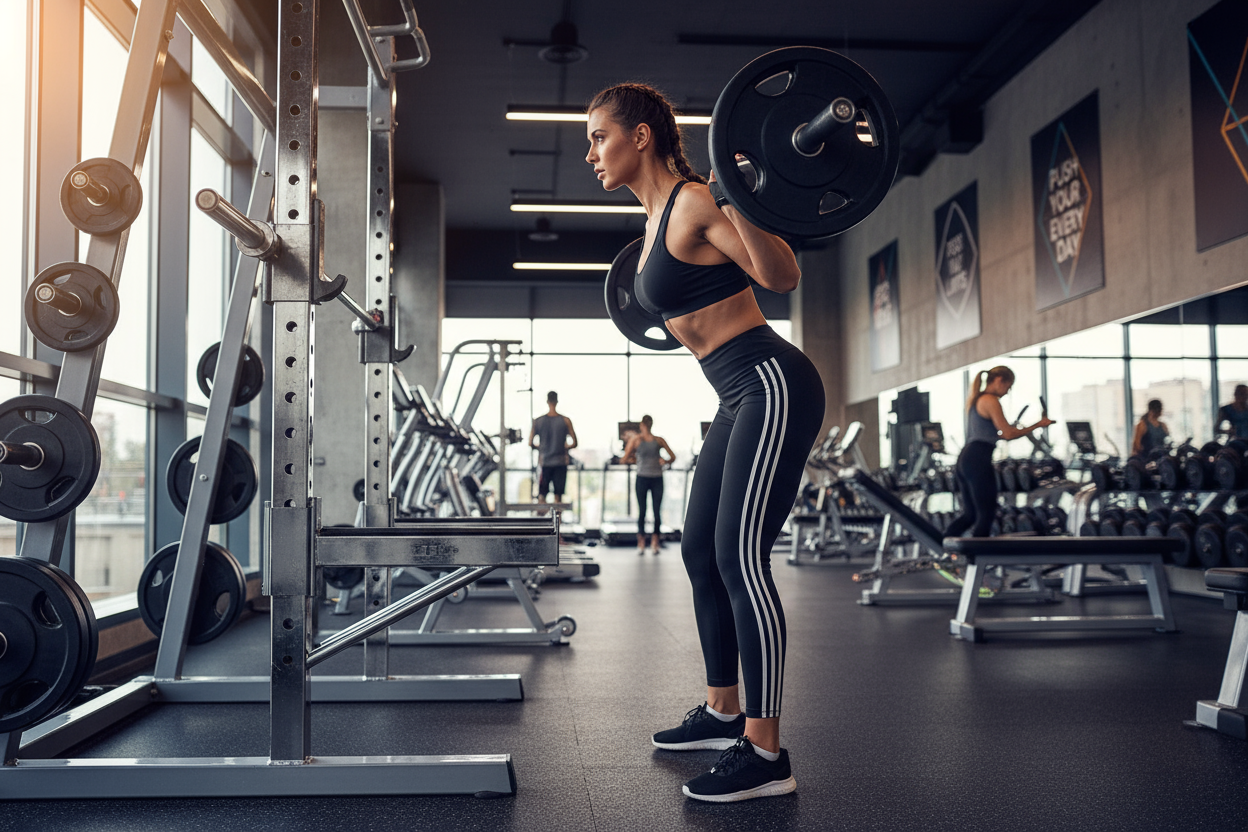Why Women in Perimenopause and Menopause Should Avoid Daily HIIT
High-intensity interval training (HIIT) offers tremendous benefits for women—boosting cardiovascular health, preserving bone density, improving insulin sensitivity, and supporting a healthy weight. But research shows that for women in perimenopause and menopause, daily HIIT may actually stall results, slow muscle recovery, and increase risk of overuse injuries.
What changes during perimenopause and menopause? Declining estrogen and testosterone decrease the body’s ability to efficiently repair and build muscle after strenuous exercise. Both hormones play critical roles in muscle protein synthesis, recovery from microtears, and cellular repair after high intensity efforts. Without adequate hormone support and recovery, daily HIIT can elevate cortisol and break down muscle, ultimately impairing progress and increasing fatigue.
What’s optimal? Studies suggest alternating HIIT days and prioritizing strength or rest days between moderate/high intensity sessions. This balances muscle stimulation with time for hormone-driven tissue healing, promoting lean mass retention, metabolic health, and better body composition results—especially for women aiming to see meaningful change after 40.
For women in midlife, more HIIT does not mean better. Embrace a routine of HIIT on alternate days—paired with quality sleep, recovery, and strength work—to unlock visible, sustainable changes as your hormones shift.


Leave a comment